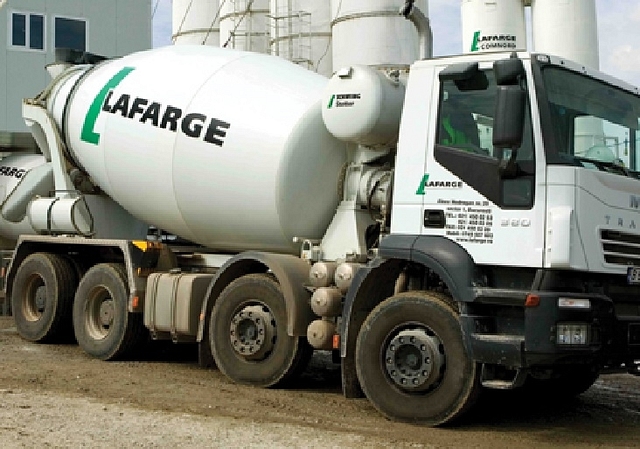
Why Nirma Is Paying Top Dollar For Lafarge’s Indian Cement Assets
Nirma is paying top dollar for a simple reason: it is keen to balance its business portfolio, currently comprising detergents, chemicals and a small cement unit, to something more stable.
Cement is going to be a
big growth industry since India woefully lacks
infrastructure, homes and roads. All these are going to need cement.
The cement industry has been going through a bad patch after the Indian economy slowed down after 2012.
With Nirma winning the bid
for Lafarge’s 11-million-tonne Indian cement operations for nearly Rs 9,500
crore, and Birla-owned UltraTech sealing its deal to buy the bulk of the
Jaiprakash Group’s plants in the country for around Rs 16,200 crore, the cement
business in India has achieved effective consolidation around four or five
major players with a nationwide presence.
Business Standard reports that Lafarge deal
obtained a higher price of $127 per tonne of cement capacity compared to
UltraTech’s price of $110 for the JP plants, both deals make commercial sense
in the medium term because the cement growth story in India is about to resume. In fact, Birla Corp was willing to pay even $151 a tonne for a part of Lafarge, but that deal flopped.
Nirma is paying top dollar for a simple reason: it is keen to balance its business portfolio, currently comprising detergents, chemicals and a small cement unit, to something more stable. As a cash-rich long-term player, it has the resources and staying power to build both market share and profitability.
The truth is neither seller - Lafarge or JP - really wanted to sell: they were forced to divest good assets by their own special circumstances.
In Lafarge’s case, the Competition Commission of India (CCI), had asked it to sell a part of its capacity in eastern India if it wanted its global merger with Holcim to go through. After trying in vain to sell around five million tonnes of capacity in eastern India, Lafarge decided to sell its entire business in India to safeguard its global merger. But even after the sale, the combined LafargeHolcim group will have 60 million tonnes of capacity in India, through ACC and Ambuja Cements.
As for JP Associates’ sale
of many of its major cement units, this was forced by the group’s heavy debt
burden – among the largest in India with over Rs 75,000 crore in 2015. As the group’s
lenders played hardball to get their debts serviced and force a restructuring,
the Gaurs had no option but to sell. This is how UltraTech got 21 million
tonnes of extra capacity at one stroke. UltraTech has now consolidated its
position as India’s largest cement maker, with a capacity of nearly 90 million
tonnes, accounting for more than a fifth of the total domestic capacity.
That cement is going to be a big growth industry is apparent from the fact that India woefully lacks infrastructure, homes and roads. All these are going to need cement.
China, the world’s biggest cement producer, produces an annual 2,200-2,400 million tonnes of cement; India produces just about a ninth of that. While the Chinese economy is five times India’s size, its cement production is nine times. This alone tells us the amount of catching up we will have to do.
Cement shares have been on
an up for the last few months primarily because the economy is slowly picking
up and the government is committed to increase spending on infrastructure and
roads. In the last six months, UltraTech, the industry leader, has seen share
prices rise by a third from a low of Rs 2,581 in January to around Rs 3,467 as
of mid-morning on 12 July.
The consolidation will come as a relief to bankers seeking to retrieve unpaid loans from overstretched promoters, and for the cement companies themselves, as it will bring back pricing power in the regions where there is no overcapacity.
The cement industry has been going through a bad patch after the Indian economy slowed down after 2012. The frenetic consolidation efforts show that rejuvenation is round the corner.